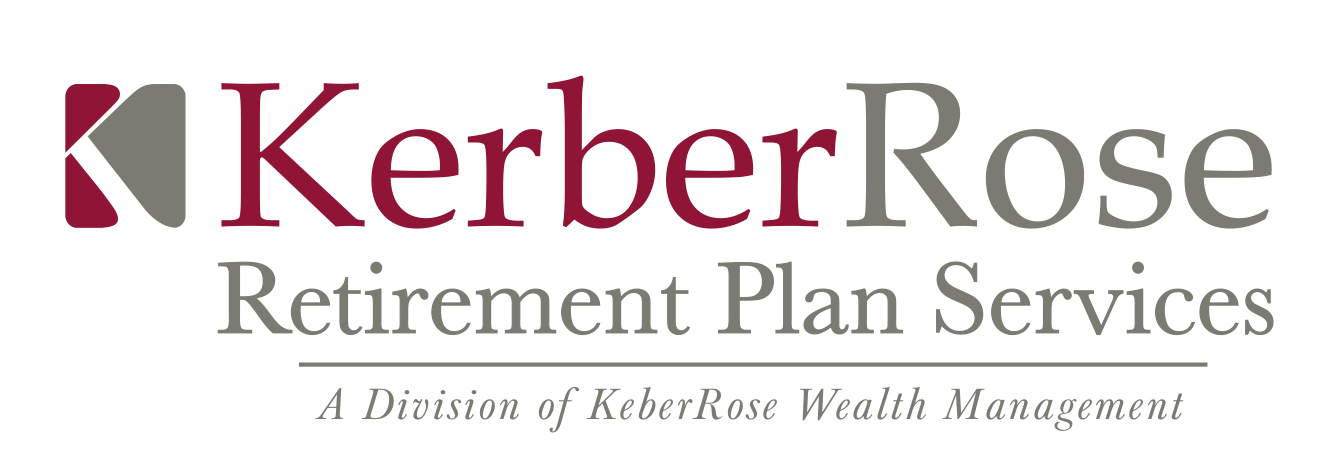Understanding Catch-Up Contributions in 457(b) Deferred Compensation Plans
The Basics of 457(b) Deferred Compensation Plans
A 457(b) deferred compensation plan is a tax-advantaged retirement savings plan available to employees of state and local governments and some tax-exempt organizations. Contributions to the plan are made on a pre-tax or Roth basis, either reducing the participant's taxable income for the year or allowing for tax-free withdrawals in the future.
Annual Contribution Limits
The Internal Revenue Service (IRS) sets annual contribution limits for 457(b) plans. For 2025, the contribution limit is $23,500. Participants who are age 50 or older, age 60 to 63 and those who qualify for special catch-up provisions can contribute additional amounts beyond this limit.
Catch-Up Contributions: An Overview
Catch-up contributions are designed to help individuals nearing retirement boost their savings. There are three primary types of catch-up contributions available in a 457(b) plan:
Age-50 Catch-Up Contributions
Age 60-63 Catch-Up Contributions
Special 457(b) Catch-Up Contributions
Each type has its own eligibility requirements and contribution limits, which we will discuss in detail below.
Age-50 Catch-Up Contributions
The Age-50 Catch-Up Contribution provision allows participants who are 50 years old or older to make additional contributions to their 457(b) plan. This provision is intended to help individuals who may have started saving for retirement later in life or who need to make up for years when they were unable to contribute the maximum amount.
For 2025, the Age-50 Catch-Up Contribution limit is an additional $7,500. This means that participants aged 50 or older can contribute a total of $31,000 to their 457(b) plan in 2025 ($23,500 regular contribution limit + $7,500 Age-50 Catch-Up Contribution).
It's important to note that the Age-50 Catch-Up Contribution is available every year from the year a participant turns 50 until they retire or leave their employment.
Age-60 to 63 Catch-Up Contributions
The Age-60 to 63 Catch-Up Contribution provision allows participants who are 60 to 63 years old to make additional contributions to their 457(b) plan. This provision is intended to help individuals who are approaching retirement to save a little more.
The Age-60 to 63 Catch-Up Contribution limit is the greater of $5,000 or 150% more than the Age-50 Catch-up amount which means for 2025, the limit is $11,250. This means that participants aged 60 to 63 can contribute a total of $34,750 to their 457(b) plan in 2025 ($23,500 regular contribution limit + $11,250 Age-60 to 63 Catch-Up Contribution).
It's important to note that the Age-60 to 63 Catch-Up Contribution is available in the year an individual turns 60 and can no longer be used in the year they turn 64.
Special 457(b) Catch-Up Contributions
The Special 457(b) Catch-Up Contribution provision, also known as the "last three years" catch-up, allows participants to make additional contributions during the three years prior to their "normal retirement age." This provision is designed to help individuals who may not have been able to contribute the maximum amount allowed in previous years.
To be eligible for the Special 457(b) Catch-Up Contribution, participants must meet the following criteria:
Be within three years of their normal retirement age, as defined by their employer's plan
Have unused contribution limits from previous years
The Special 457(b) Catch-Up Contribution limit is the lesser of:
Twice the annual contribution limit for the current year (for 2025, this is $47,000)
The total amount of the participant's unused contribution limits from previous years
For example, if a participant has $30,000 in unused contribution limits from previous years, they can contribute an additional $30,000 under the Special 457(b) Catch-Up Contribution provision in 2025, bringing their total contribution limit to $53,500 ($23,500 regular contribution limit + $30,000 Special 457(b) Catch-Up Contribution).
Catch-up contributions in a 457(b) deferred compensation plan offer a valuable opportunity for participants to increase their retirement savings as they approach retirement age. By understanding the different types of catch-up contributions and how to utilize them effectively, participants can better prepare for a financially secure retirement.
Tony Powers, AIF®, CFP®, CRPS® Shareholder
Tony Powers, President of KerberRose Wealth Management, has more than 20 years of experience in the financial services industry. He specializes in helping private and public sector employers set-up and manage their employee retirement plans. Tony provides Fiduciary Services and Support, Plan Design Consultation, Plan Benchmarking and Financial Wellness.


